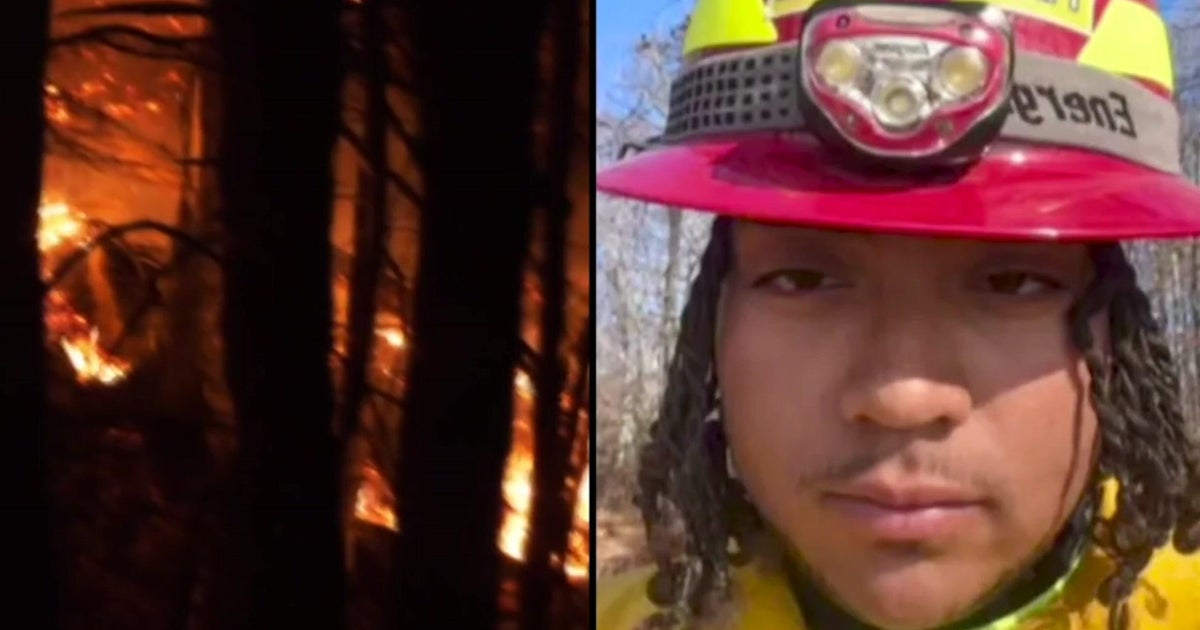5 Best Exhibits At The American Museum Of Natural History
After extensive renovations, the American Museum of Natural History reopened the Theodore Roosevelt Memorial and Hall of North American Mammals. AMNH—one of the city's most visited attractions—has hundreds of dioramas, precisely re-created environments with taxidermied animals, painted backdrops, and vegetation or other objects placed in the foreground to enhance the diorama's verisimilitude. What follows are our five favorites. What are yours? By Jessica Allen.
More: NYC's 5 Best Museums For Dates
These elephants remind us of what taxidermy truly is: skin, structure, and stuffing. And yet the effect is magical when, upon entering the Akeley Hall of African Mammals, you spy this herd trundling along in an almost diamond formation. Technically not a diorama, this display contains two elephants shot and killed by Theodore Roosevelt and his son Kermit on an expedition with naturalist Carl Akeley, considered to be the father of modern taxidermy, in 1909. While recuperating from an elephant attack, Akeley dreamed of designing a hall dedicated to African mammals back in New York City, which would give urban denizens a chance to experience the glories of nature. And so he did.
Perhaps less visited than the Hall of North American Mammals' Alaska brown bears or mountain lions are these two wolves, racing along on a moonlit Minnesota evening. Where are they going? What do they say to one another? Could they, like so many dogs we have known, be smiling? Small hoofprints indicate the presence of a deer who has disappeared out of the frame. But it really doesn't matter where they're headed or why. They represent possibility and promise, a future we're racing toward with wonder and gratitude. In the distance, the Northern Lights rise, and the wolves have miles to run before they sleep.
Giant squids are mostly known through their carcasses, and no one has ever seen a sperm whale eating a squid as a snack. So the artists behind this diorama had to imagine an encounter between two very, very large creatures of the very, very deep, using scientific evidence about scale, shape, and color. The squid and the whale are surrounded by bluish blackness, a literal representation of the ocean some 1-2 miles beneath the surface, of course, as well as a reminder of the way in which science lights up the darkness with its answers.
In 1921, Akeley traveled to what was then the Belgian Congo to collect mountain gorilla specimens for AMNH. Killing the silverback for this diorama threw him into a moral crisis. ("I am really fonder of him than I am of myself," he said of the silverback.) He left determined to convince Belgium's King Leopold II to create a sanctuary for the mountain gorilla. In 1925, Leopold, persuaded by Akeley's persistence, created the first national park in Africa, which today is split among the Democratic Republic of the Congo, Uganda, and Rwanda. These parks are home to the roughly 700 gorillas left in the world, all of whom owe their lives to Akeley, who is buried very close to the spot depicted here. Without him, there would be no protected land, and there would almost certainly be no mountain gorillas.
In addition to being an incredible feat of artistry, this life-size diorama shows just how far the medium has come. It has sound! You're allowed to walk through this 3D re-creation of the Dzanga-Sangha Rainforest of the Central African Republic, home to tons of mammals, birds, insects, microorganisms, and plants. Even in the age of the internet, dioramas can still help us envision a world which most of us will never see. This one, for example, has 500,000 fabricated leaves. Nearby is the Spectrum of Life wall, home to 1,500 specimens on a 100-foot wall representing 3.5 billion years of evolution. Google can't top that.



